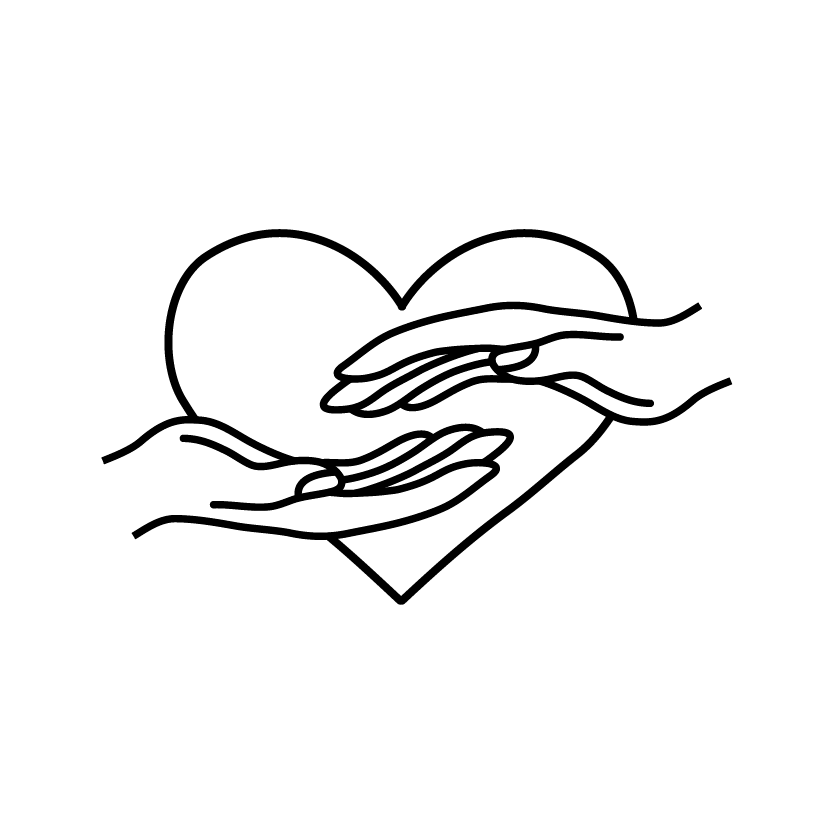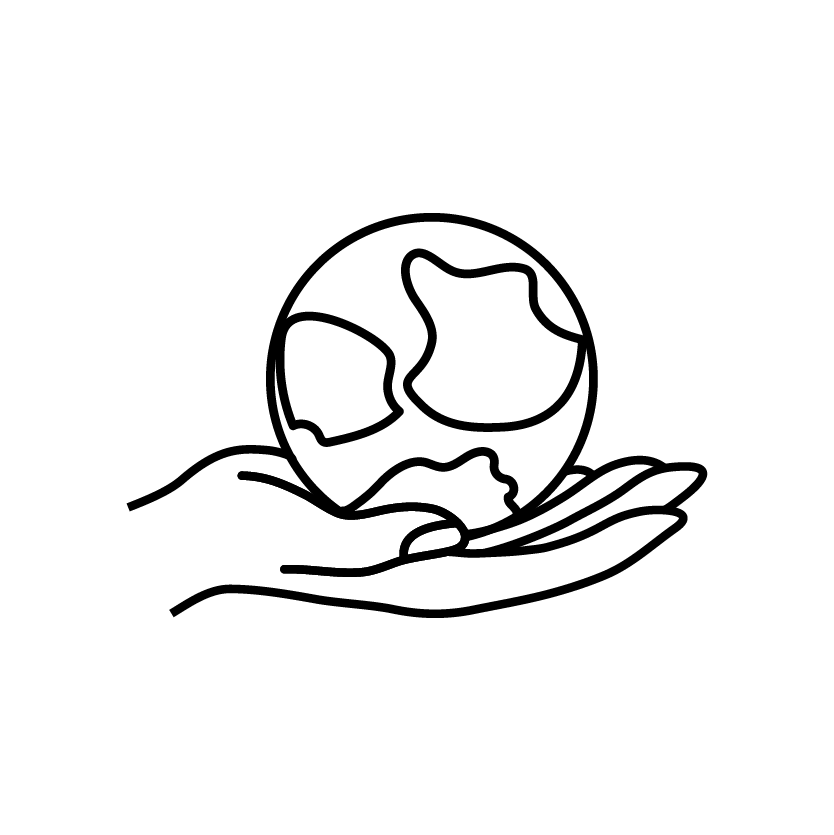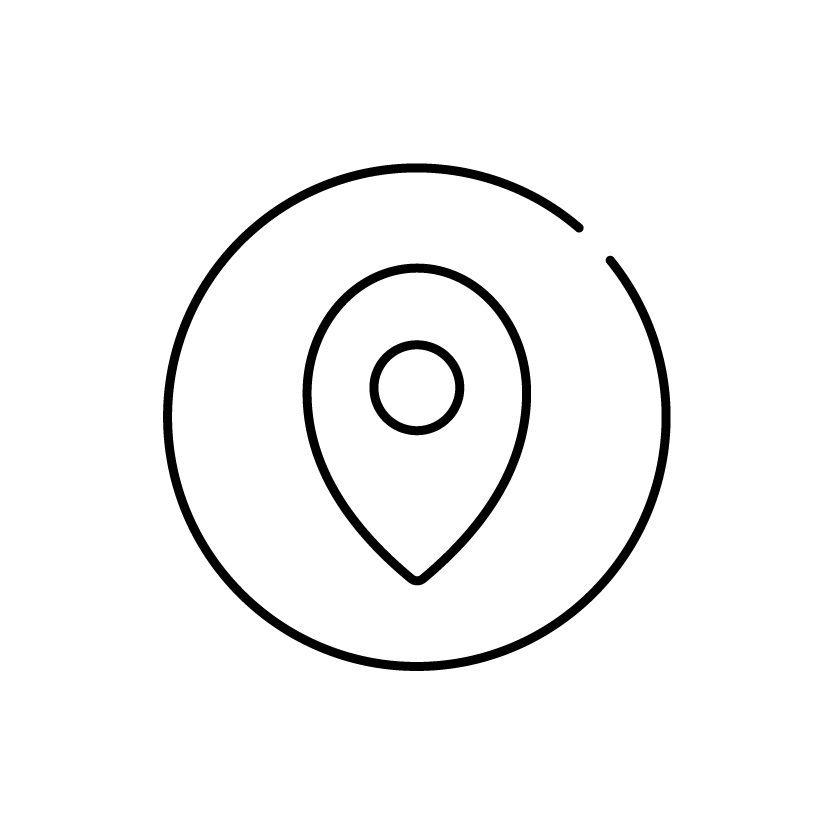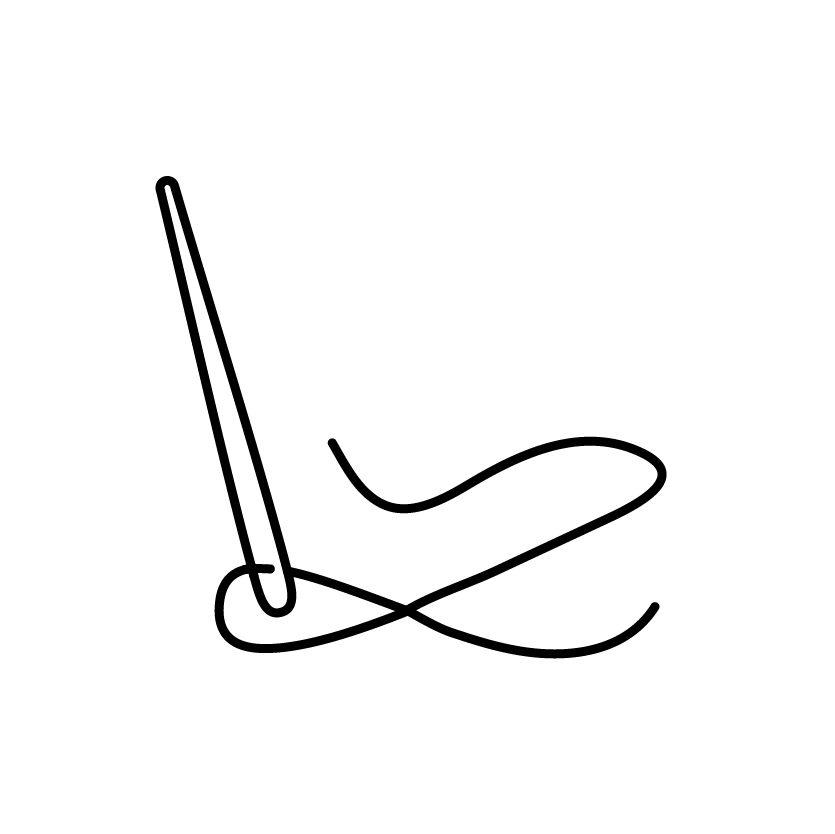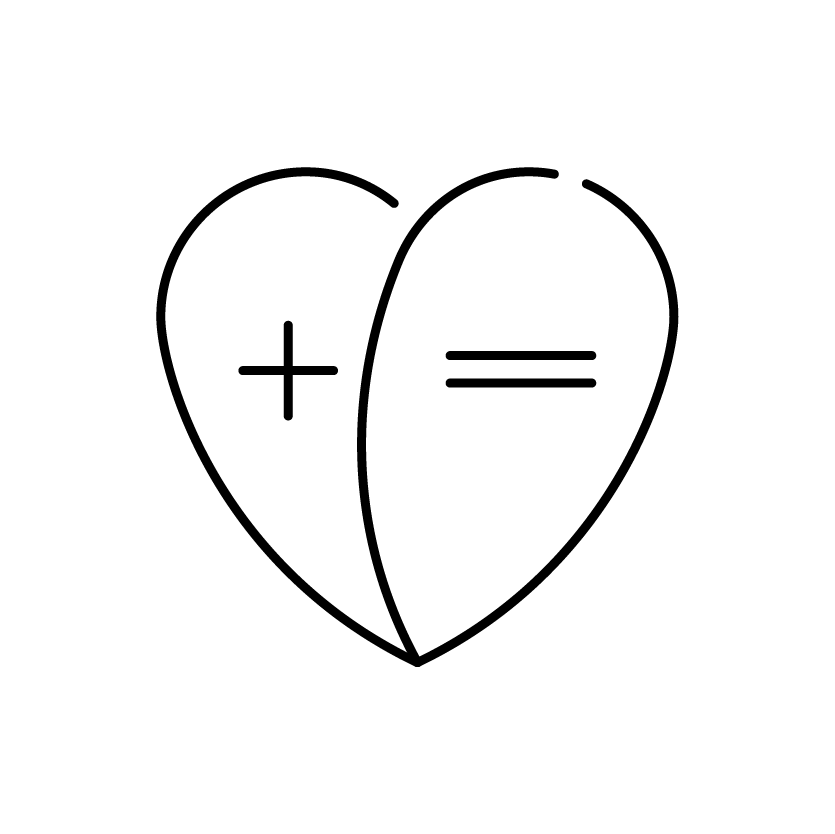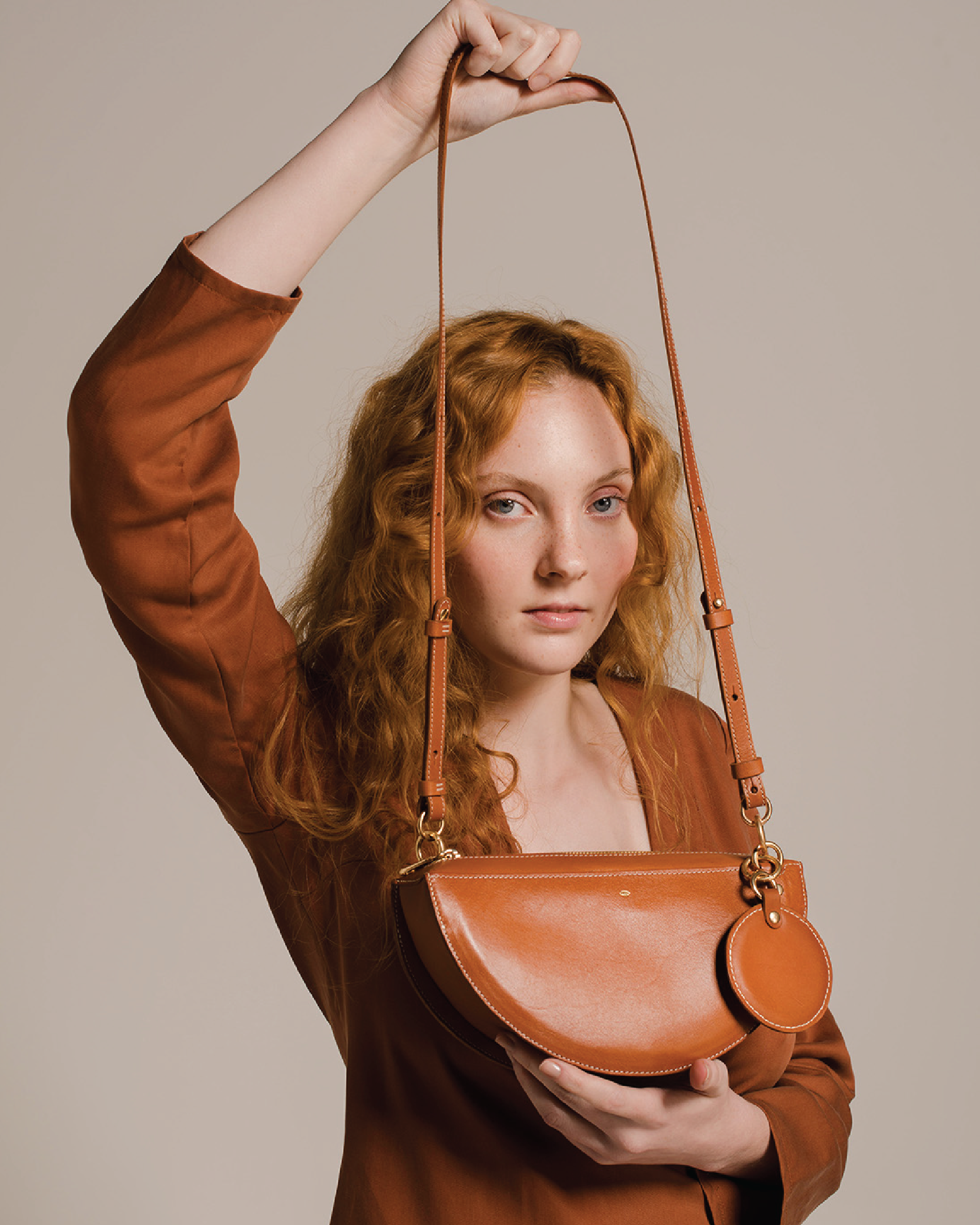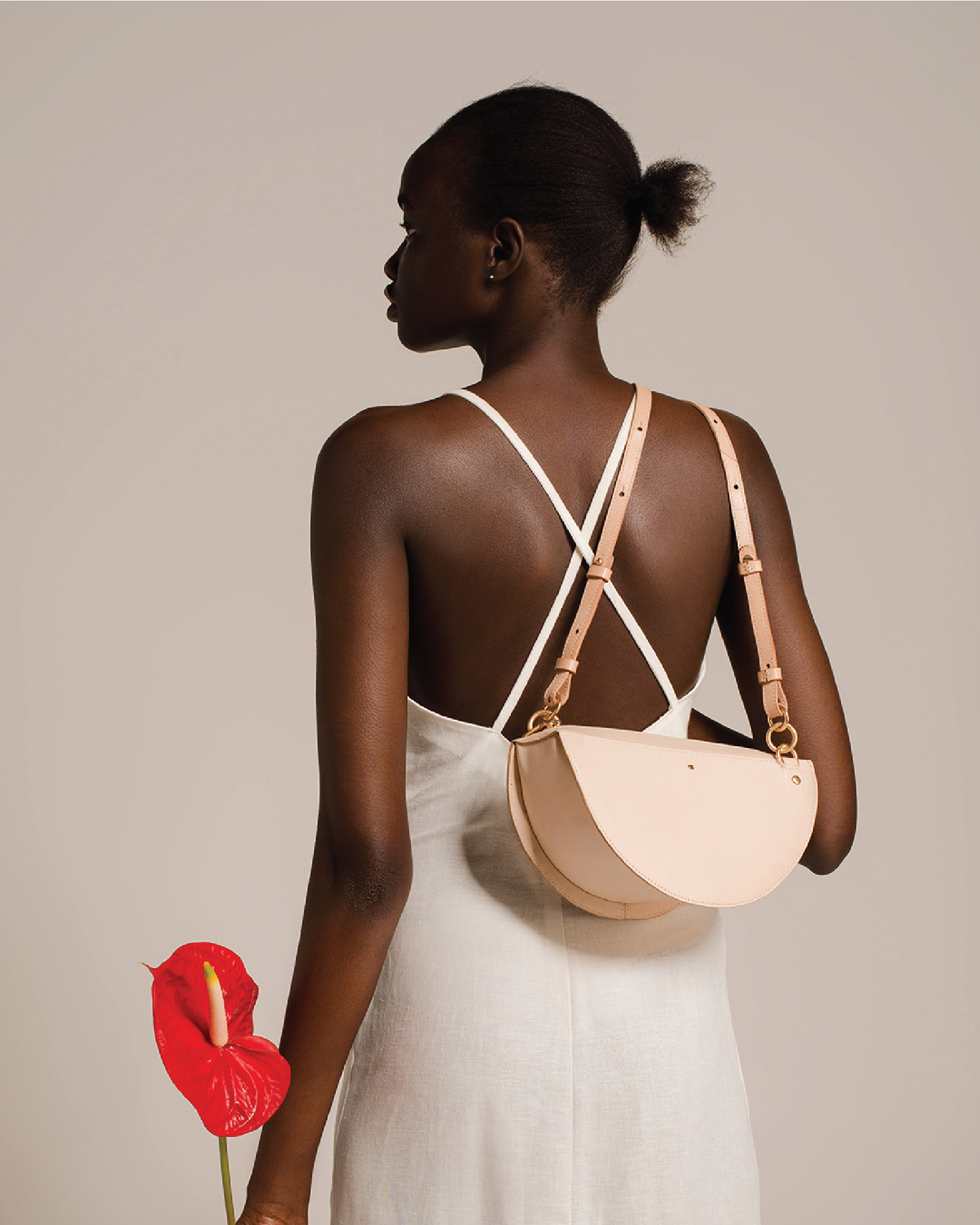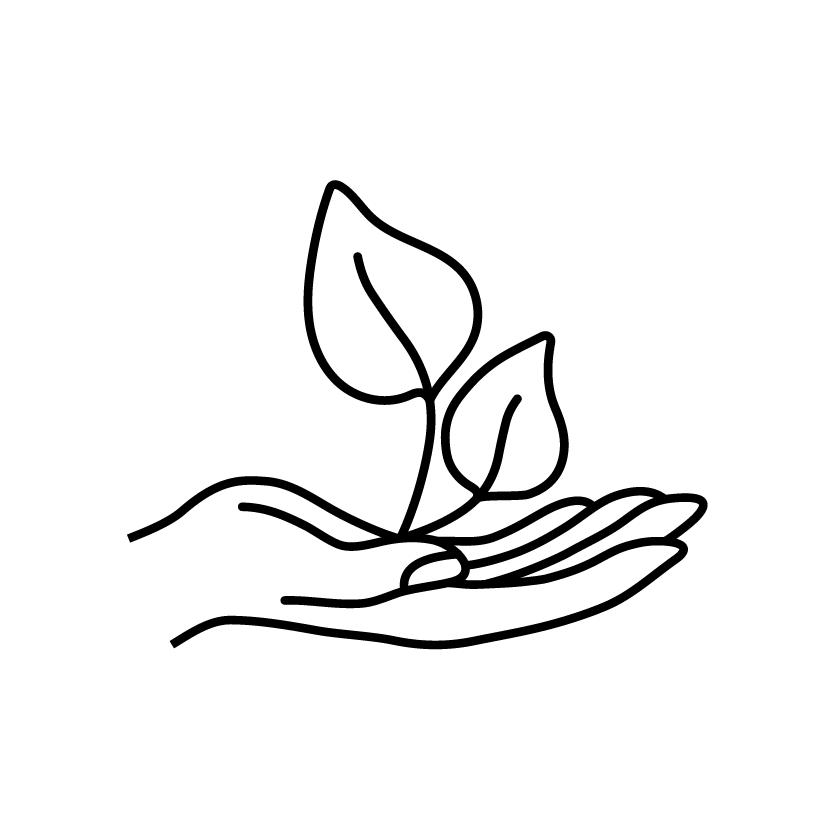What made you start Simétrie?
I’ve always loved making fashion, and bag making really took my fancy when I learned to be a bag designer and started working with leather. The feeling you get when you make something is really special, so I knew that I wanted to create a brand where all the goods were locally made so that I could work with others to create the bags, and also pass on my bag making skills through workshops. The motivation has always been to create a space and products that nourish the soul, not only through the making process, but also through the intimate relationship that is between a customer and their bag. Leather performs so beautifully for this reason as it only gets better and more unique to the user as it wears.
Do you have a morning routine? If so, what is it you do to set yourself up for the day ahead?
I normally get out of bed (pretty slowly – I am not a morning person – especially in winter) and the first thing I do is make coffee on the stove and have breakfast with my partner. When I get to my studio, I use Trello to set up the main tasks I need to do for the day. Without a clear plan I get quite easily distracted so this is a very important step!
What’s the biggest barrier you’ve found to succeeding as a socially conscious business?
Keeping the production local has been the most challenging so far. To combat over-production Simétrie is a made-to-order brand, so keeping production in-house unfortunately means the efficiencies are not comparable to that of a production line that a factory facility would have.
I’ve utilised my industry experience from visiting China and India based factories, plus working in a belt factory in Abbotsford, combined with the experience of my contractors, whom have worked as leather smiths for successful luxury brands overseas, to create our production in-house as efficiently and affordable as possible for our customers. Hiring Australian contractors to make our goods comes at about 4 x the hourly rate paid in China, so the labour cost is by far the biggest overhead that goes into our cost of goods and unfortunately a hard thing at times for customers, even those who are shopping sustainably, to understand when it comes to that cost/value equation.
Within the ethical fashion community, there’s a big question that we ask which is ‘who made my clothes?’. In the scope of Simétrie, who made the things you sell? Can you tell us a bit about them?
The makers of Simétrie include me and a handful of contractors based in Melbourne: Cécile, Amy and Sharifa. They are not always around, and I usually call upon them when I need to produce a run of orders in preparation for a market, stockist or photoshoot, or when I am working on new developments. They all have other jobs outside of Simétrie, so it’s also dependant on when they’re available.
Cécile was trained in luxury in her home country, France, and Amy studied accessory design in New York and worked for a made-to-order leather brand over there. Both are very passionate leather smiths. Sharifa is a local seamstress, who I met whilst volunteering, teaching a sewing class at a local asylum seeker/refugee centre.
We are still training Sharifa on leather, so Sharifa normally works on the canvas-based products. I added the Thick Tote into the second collection, a hemp canvas bag, with the aim to give Sharifa more meaningful work. Every sale of our collections goes on to support these ladies, as well as the brand, which is such a rewarding thing to see. Eventually, I would love to see a full-time team in the workroom, but it is still such early days!
Why did you pick the fabrics/ingredients you have chosen to work with?
The aim of my collections is to use robust, natural materials sourced from Australia. We choose natural materials as they are biodegradable (circular), and local for two reasons; there is less risk of exploitations of workers in Australia, and there is a reduction in carbon emissions when it comes to transportation. I choose robust materials as they stand the test of time in their durability, giving the most value to the Simétrie customer, so they can cherish and use their bag for many years to come. Natural materials vs using synthetics (ie. plastics) are important to ensure the goods are safe on the customer and the maker, and also the environment.
Natural materials are biodegradable, meaning Simétrie bags will never end up in landfills for longer than your lifetime. It is documented that leather bags take about 50 years to biodegrade versus plastics which can take up to 1000 years to break down, eventually turning into microplastics, further harming our environment and its wildlife in the process. Bag production commonly uses synthetics in almost every facet of the process, from the threads and the trims, to the interlinings. At Simétrie, I still cannot get 100% natural threads to work in our machinery, so for that reason we use a cotton/polyester thread. 100% natural threads are still something I are still working towards. As I prioritise natural over synthetics and want to make goods that will last, I choose to use leather (even though I have a vegetarian diet) as opposed to non-animal materials to make Simétrie’s collections. Non-animal materials that are trying to do the same job as leather would not last as long without the aid of their plastic coatings ie. Polyutheranes and Pinatex is a prime example of this. It is for this reason I use kangaroo leather in Simétrie’s collections.
Kangaroo leather is an Australian government regulated industry, and more importantly, is non-farmed. Populations are monitored to ensure that only sustainable numbers are harvested annually, and even these government set targets are rarely reached in the annual harvest. Only trained individuals with a permit are allowed to take part in the harvest. It is backed by the RSPCA that the kangaroo cull is one of most humane methods of animal slaughter possible. Kangaroo leather is also better for the environment as land is not cleared for them, water supply or eutrophication (run-off from farms damaging water ways) is not a problem and they emit very little methane, which greenhouse gasses are not being contributed to as they are with other farmed industries (vegetation included!). In the second collection I’ve introduced a hemp canvas in an effort to produce something not derived from animal products that still aligns with the brand’s ethos. This material comes from a mill in China as there are no longer any Australian mills making hemp fabrics, even though the plant is still grown here. Hemp is a fantastic canvas to work with as it is thick and durable and has a beautiful lustre that compliments the Simétrie aesthetic very well. Hemp is also a super fibre when it comes to environmental sustainability, as it regenerates in only a few months after harvest, is actually good for keeping nutrients in the soil, needs no herbicides or pesticides to grow, and utilises half the water usage when comparted to cotton. Not only that, but it is UV resistant and hypoallergenic, so it is safe against the user’s skin.
I also use cork as an interlining in the bags which comes from Portugal where it is grown and harvested sustainably. As kangaroo leather is thinner than cow leather, this helps the bag to keep its shape and to look like a cow leather bag when fully constructed. It’s a great natural material to work with and I am still uncovering new possibilities with this material. Being a made-to-order business still in its infancy, I am not producing a lot of goods, so am very far from overspending any natural resource. I don’t proclaim that Simétrie is perfect, but ultimately, it’s a balance. Consumers are aware at the moment of climate change and plastic use in their clothing and their household, but they have yet to think about it as much for their handbags. This is the perspective we are trying to shift.
Best piece of advice you have ever received?
The best advice I received as a sustainable brand, is that you can’t solve everything – and by holding back progress because you can’t solve everything, you will ultimately solve nothing. This really helped me to get over some of the small details (like using cotton thread) to get our message our farther and wider. I never would have released the second collection if it wasn’t for this advice.
What’s next for you and Simétrie?
I am looking at expanding workshops in 2020 and also introducing more hemp-based goods into the collections.
One book and/or documentary everyone should read/watch? Why?
Originals by Adam Grant. That book gave me so much food for thought. A must read for any creative thinker or leader.
Are there any other Movers & Shakers out there in your world that you think people should know about?
There are so many inspiring makers in the fashion space in Melbourne, and I give my kudos to all of them, my studio sister, Lois Hazel, being one of them. I also love the work that Sister Works does, a non-profit in Melbourne run by and for women with refugee backgrounds. They teach their members to craft and then sell the wares, dividing the profits to the women who created them. Such a great business to get behind and I hope to be able to partner with them one day.


